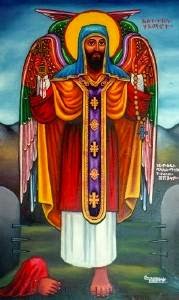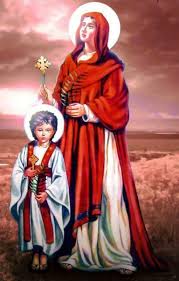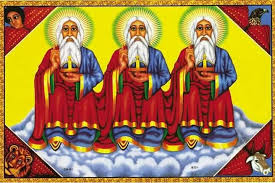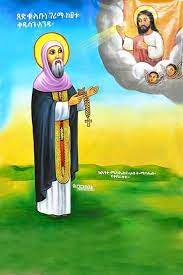Saint Thomas of Mar’as
The Holy Father, the fighter, conqueror, the soldier and Apostle of Christ, Thomas, Bishop of the city of Mar’as, the confessor died on this day. The tongues of men are incapable of describing the glory and righteousness of this Saint. Beings of flesh are incapable of understanding his excellences and virtues…




